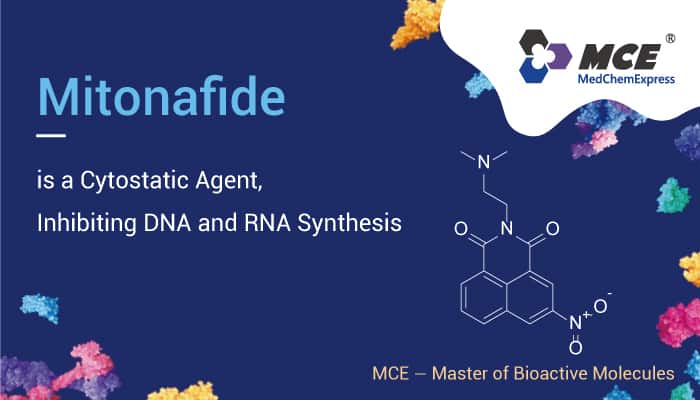Cytostatic agents are cell components or drugs that inhibit cell division. Specifically, cell growth arrest is an important prerequisite for structured multicellular organisms. Cell inhibitors achieve these growth-inhibitory effects through specific mechanisms of action. Some cell inhibitors are not only used in cancer treatment, but also for other diseases characterized by high cell turnover. Besides, Cytoinhibitors are commonly in treat malignant diseases.
Moreover, RNA is similar to DNA. Its presence in ribosomes indicates that it plays an important role in protein synthesis. Furthermore, manipulating the RNA synthesis rate is the main method for cells to adjust their physiological state. Meanwhile, DNA is a macromolecule composed of nucleotide units, which are connected by repeated structures through covalent bonds and hydrogen bonds. DNA is a complementary double-stranded structure. Nonetheless, DNA synthesis occurs in all eukaryotes and prokaryotes, as well as in some viruses. In order to avoid DNA mutation, the accurate synthesis of DNA is very important. Here, we will introduce a cytostatic agent, Mitonafide.
Mitonafide is a Cytostatic Agent, Inhibits DNA and RNA Synthesis.
First of all, Mitonafide (NSC 300288) is a cytostatic agent. Importantly, Mitonafide binds to double-stranded DNA through intercalation and inhibits DNA and RNA synthesis. Particularly, Mitonafide is an antitumor agent. Mitonafide has the potential for the research of cancers, such as non-small cell lung cancer (NSCLC), and leukemia.
In the second place, Mitonafide inhibits DNA and RNA synthesis and induces single-strand breaks in the DNA of Chinese hamster ovary cells. Obviously, the incubation of Mitonafide with rat liver microsomes and NADPH under anaerobic conditions results in the formation of a metabolite identified as 5-aminomitonafide. Interestingly, Mitonafide induces single-stand breaks in the DNA of L1210 cells. Mitonafide exhibits a cytotoxic effect in the HOP-62 lung cell line.
Last but not the least, Mitonafide with 0.5 and 1 mg/kg by i.p. for 1-7 days shows antitumoral potency in S-180-bearing mice. Additionally, Mitonafide shows anticancer activity in the HepG2 xenograft model. Mitonafide shows an LD50 value of 10.0 mg/kg.
All in all, Mitonafide, a cytostatic agent, inhibits DNA and RNA synthesis.
References:
Llombart M, et al. Invest New Drugs. 1992 Aug;10(3):177-81.
Samanta S, et al. J Exp Ther Oncol. 2005;5(1):15-22.
